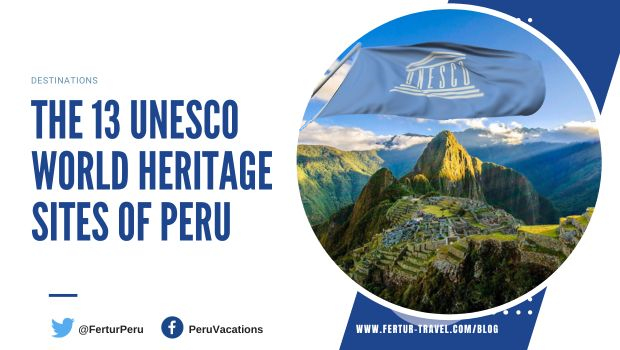
The Treasure Trove of UNESCO World Heritage Sites in Peru
Peru’s 13 UNESCO World Heritage Sites can be viewed like a canvas of human endeavor and natural wonder that narrate rich tales of awe and inspiration.
From the ancient ruins of Chan Chan and Chavin to the Spanish colonial charm of Cusco and Lima, each site is a testament to Peru’s cultural diversity and historical significance. The natural sites of Huascarán National Park and Manú National Park showcase the country’s breathtaking glacial peaks and unparalleled tropical biodiversity.
- Chan Chan Archaeological Zone: The Ancient Capital of the Chimú Kingdom
- Chankillo Archaeoastronomical Complex: A Solar Calendar of Ancient Peru
- Chavin: The Ancient City of Chavin de Huantar
- City of Cusco: The Historic Heart of the Inca Empire
- Machu Picchu
- Qhapaq Ñan, Andean Road System
- Historic Centre of Lima: The Colonial Legacy of Peru's Capital
- Historical Centre of the City of Arequipa: A City of Volcanic Stone
- Lines and Geoglyphs of Nazca and Palpa: Mystical Desert Drawings
- Sacred City of Caral
- Huascarán National Park: A Paradise of Glaciers and Biodiversity
- Manú National Park: An Amazonian Paradise
- Río Abiseo National Park
Embarking on a Cultural and Natural Journey
Each site has a story to tell and a unique experience to offer. Let Peru’s heritage ignite your sense of adventure and deepen your appreciation for the wonders of our world.
Plan your trip to Peru and create lasting memories as you explore these remarkable UNESCO World Heritage Sites. Experience the warmth of Peruvian hospitality, indulge in delicious cuisine, and let the wonders of Peru leave an indelible mark on your soul.
Cultural Sites: Preserving Peru’s Ancient Heritage
Peru is home to nine cultural UNESCO World Heritage Sites, each with its own unique story to tell. These sites showcase the country’s rich history and the remarkable achievements of its ancient civilizations. Let’s dive into the cultural wonders of Peru.
Chan Chan Archaeological Zone: The Ancient Capital of the Chimú Kingdom
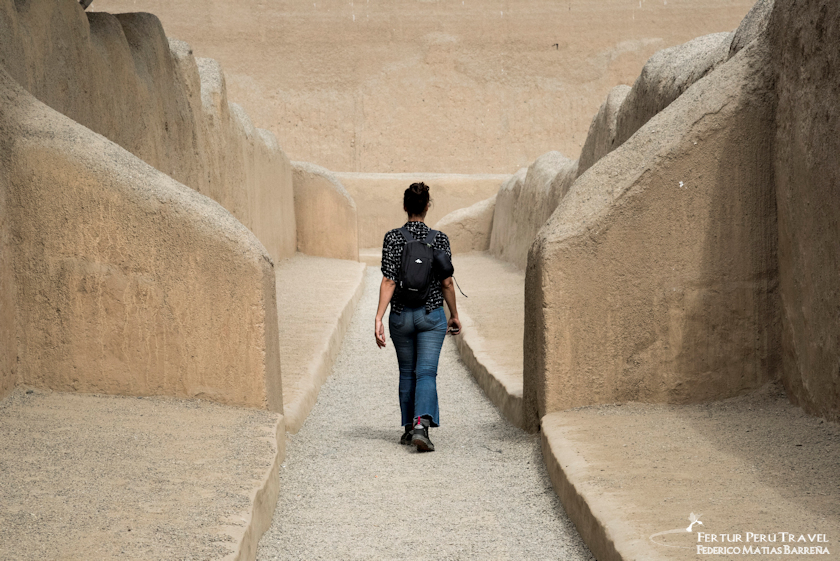
Located in the district of Huanchaco, the Chan Chan Archaeological Zone is a testament to the power and grandeur of the ancient Chimú civilization. Once the capital city of the Chimú Kingdom, Chan Chan flourished during the 15th century before falling to the Inca Empire.
This sprawling archaeological complex is the largest adobe city in the world and is made up of nine citadels or palaces, each showcasing intricate carvings and artwork.
Exploring Chan Chan allows you to delve into the political and social strategies of the Chimú people, who carefully planned the city’s construction. To truly appreciate the magnificence of Chan Chan, watch this video and visit the official UNESCO page.
Chankillo Archaeoastronomical Complex: A Solar Calendar of Ancient Peru
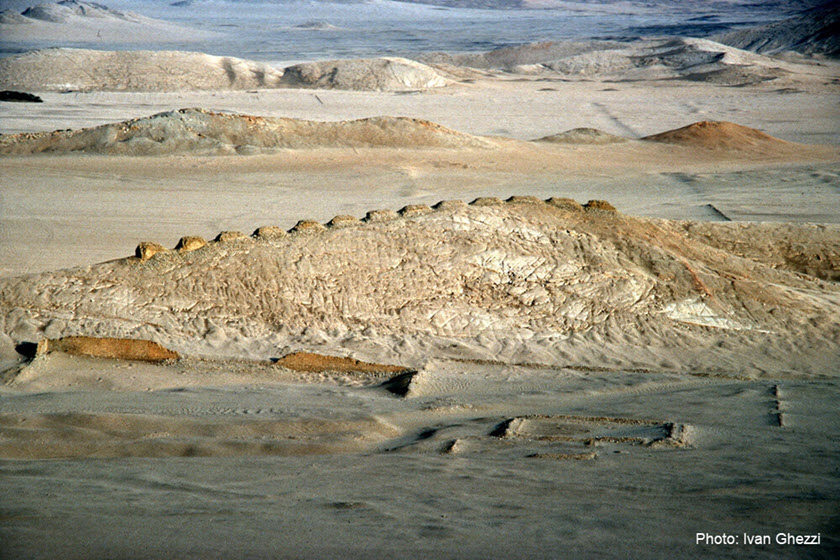
Nested in the Casma Valley on Peru’s north coast, the Chankillo Archaeoastronomical Complex is a remarkable archaeological site that showcases the astronomical knowledge of the ancient Peruvians. Dating back to 500 BC, this complex features 13 towers strategically positioned to mark the movement of the sun throughout the year.
These towers allowed the inhabitants of Chankillo to develop a solar calendar, which played a crucial role in their agricultural practices. Exploring the site, you’ll encounter the Fortified Temple, the Observatory, the Ceremonial Public Space, the Thirteen Towers, and the Mucho Malo Hill. Learn more about the astronomical knowledge of the ancient civilization that built Chankillo by visiting the official UNESCO page.
Chavin: The Ancient City of Chavin de Huantar
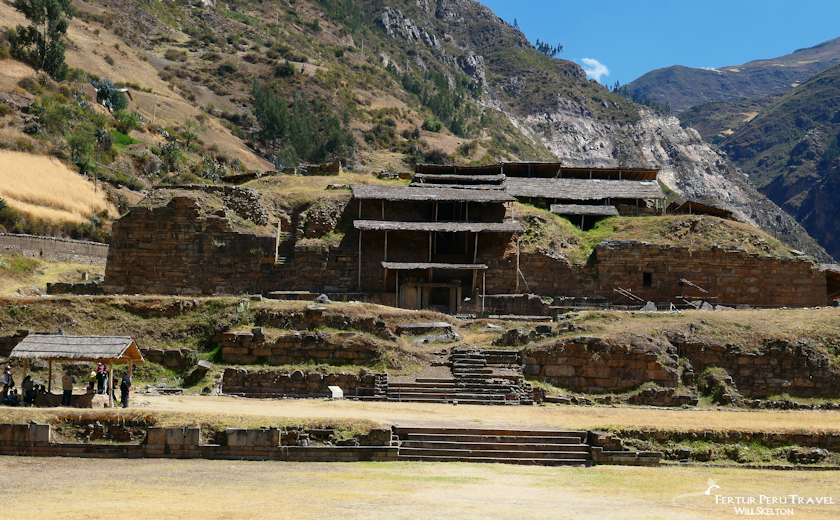
Traveling to the Huari Province in the Ancash Department, you’ll discover the archaeological site of Chavin de Huantar, the former capital of the Chavin civilization. Flourishing from 1500 BC to 300 BC, this ancient city is nestled in the high valleys of the Peruvian Andes. The site showcases unique architecture, with plazas, terraces, and buildings made of carved stone.
The city is adorned with statues featuring zoomorphic characteristics, adding to its mystical and awe-inspiring ambiance. Chavin de Huantar was declared a World Heritage Site in 1985, and you can learn more about it on the official UNESCO page.
City of Cusco: The Historic Heart of the Inca Empire
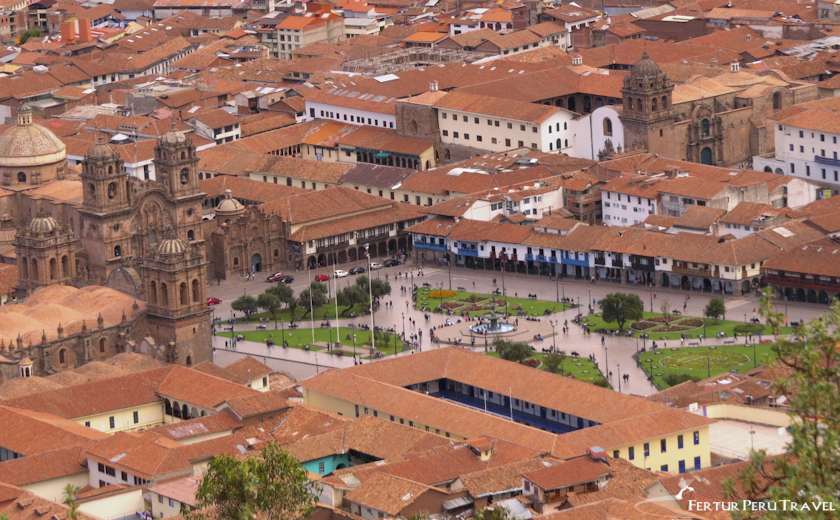
Cusco, also known as Qosqo, holds immense historical and cultural significance as the former capital of the Inca Empire. Located in the heart of the Andes, Cusco was a bustling urban and economic center during the Inca’s golden age.
The city was meticulously planned, with distinct areas dedicated to agriculture, handicrafts, and manufacturing. Today, Cusco showcases a fascinating blend of Spanish colonial architecture and ancient Inca ruins. Exploring Cusco, you’ll come across architectural marvels like the Convent of San Francisco and ancient temples turned into churches. Discover the magic of Cusco by visiting the official UNESCO page.
Machu Picchu
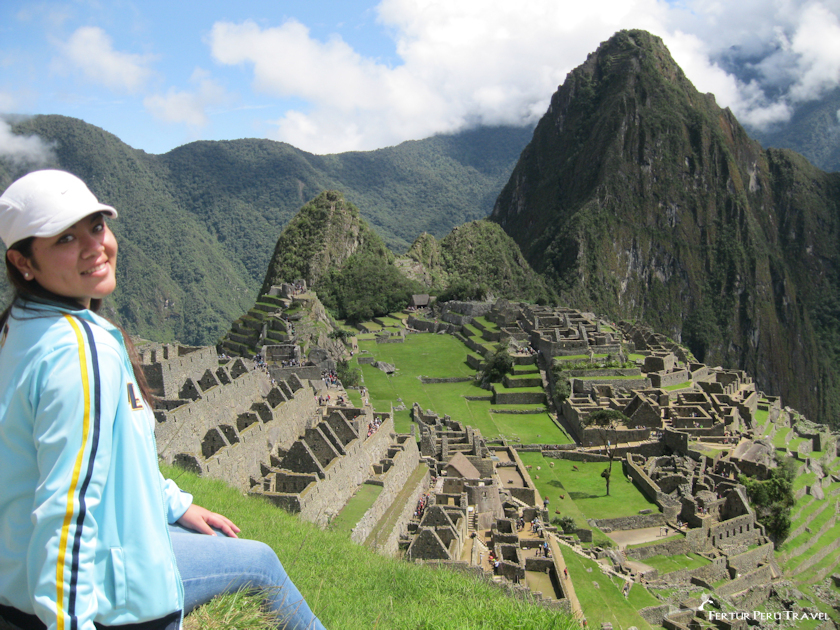
Machu Picchu is undoubtedly the most famous and awe-inspiring of Peru’s UNESCO World Heritage sites. This ancient Inca citadel is perched high in the Andes Mountains, featuring remarkable architecture and stunning surroundings.
Built in the 15th century as an estate for Emperor Pachacuti, Machu Picchu was later abandoned when the Spanish arrived. The site remained unknown to the outside world until it was rediscovered in 1911 by explorer Hiram Bingham.
Machu Picchu exemplifies the incredible engineering and architectural skills of the Inca. Its buildings, temples, and observatories were precisely constructed from polished stone.
The site is divided into agricultural and urban sectors, connected by a large central square. Perhaps the most impressive feat is Machu Picchu’s integration into the spectacular Andean landscape. The citadel is surrounded by steep terraced slopes, accentuating its mountainous setting.
In 1983, Machu Picchu was designated a UNESCO World Heritage site for its cultural significance and natural beauty. It meets criteria including being a masterpiece of human creative genius, bearing unique testimony to the Inca civilization, and blending harmoniously with its environment.
The site contains more than 200 structures as well as a habitat for diverse flora and fauna. Despite its popularity and the impacts of tourism and development, Machu Picchu retains exceptional integrity. Learn more about this this awe-inspiring wonder of the world by visiting the official UNESCO page.
Qhapaq Ñan, Andean Road System
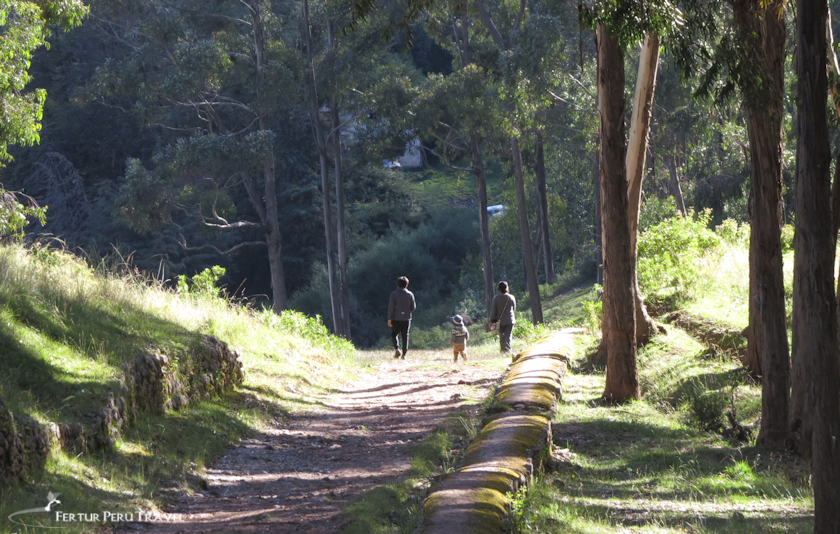
Qhapaq Ñan, also known as the Andean Road System, is an extensive network of ancient roads that once connected the Inca Empire. Stretching over 30,000 kilometers (18,640 miles) across six countries, including Peru, this road system played a crucial role in the economic, political, and cultural integration of the Inca Empire.
The Qhapaq Ñan is an engineering marvel, featuring stone-paved pathways, suspension bridges, and tunnels carved through mountains.
Exploring sections of this ancient road system offers a unique glimpse into the Inca’s impressive infrastructure and their mastery of high-altitude terrain. Learn more about this ancient road system that rivaled that of the Roman Empire by visiting the official UNESCO page.
Historic Centre of Lima: The Colonial Legacy of Peru’s Capital
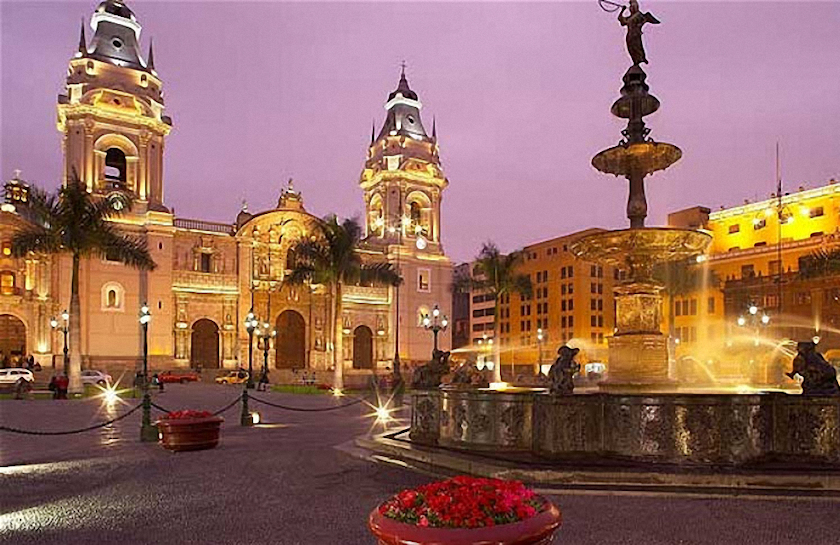
Lima, the capital city of Peru, boasts a rich colonial heritage that is beautifully preserved in its Historic Centre. Known as the Ciudad de los Reyes (City of the Kings), Lima was the center of the Spanish viceroyalty during the colonial era.
Despite suffering damage from earthquakes, many colonial-era monuments and buildings still stand today. The Convent of San Francisco, the largest convent in South America, is a highlight of the Historic Centre.
Lima provides a fascinating blend of old and new, with Spanish colonial architecture coexisting with ancient Inca remnants. Immerse yourself in the history of Lima by visiting the official UNESCO page.
Historical Centre of the City of Arequipa: A City of Volcanic Stone
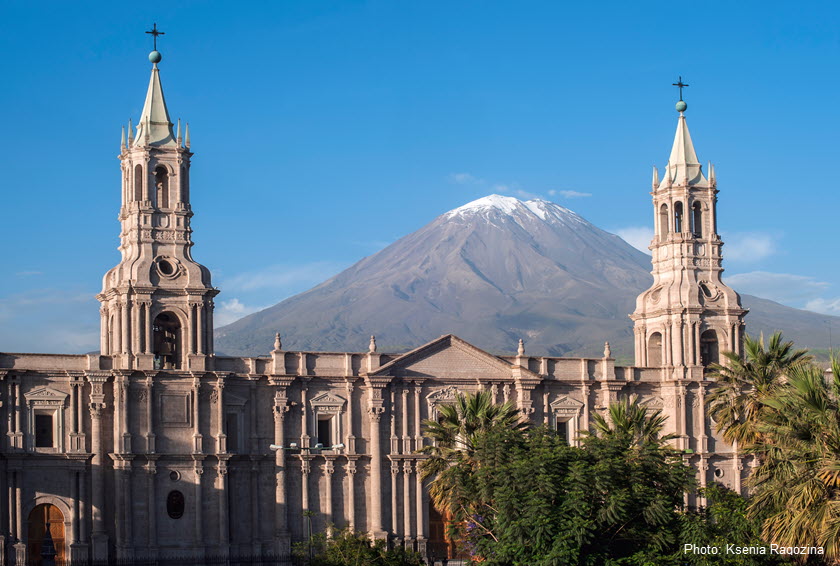
The city of Arequipa, located in the Province of Arequipa, is renowned for its unique architectural style, characterized by the use of volcanic rock called sillar. The Historical Centre of Arequipa showcases a fascinating blend of European design and native craftsmanship.
The city’s buildings feature strong walls, spacious terraces, and intricate baroque decoration. The architectural fusion of European and native elements creates a captivating atmosphere. Explore the UNESCO-listed Historical Centre of Arequipa and marvel at its colonial charm. Learn more about this remarkable city on the official UNESCO page.
Lines and Geoglyphs of Nazca and Palpa: Mystical Desert Drawings
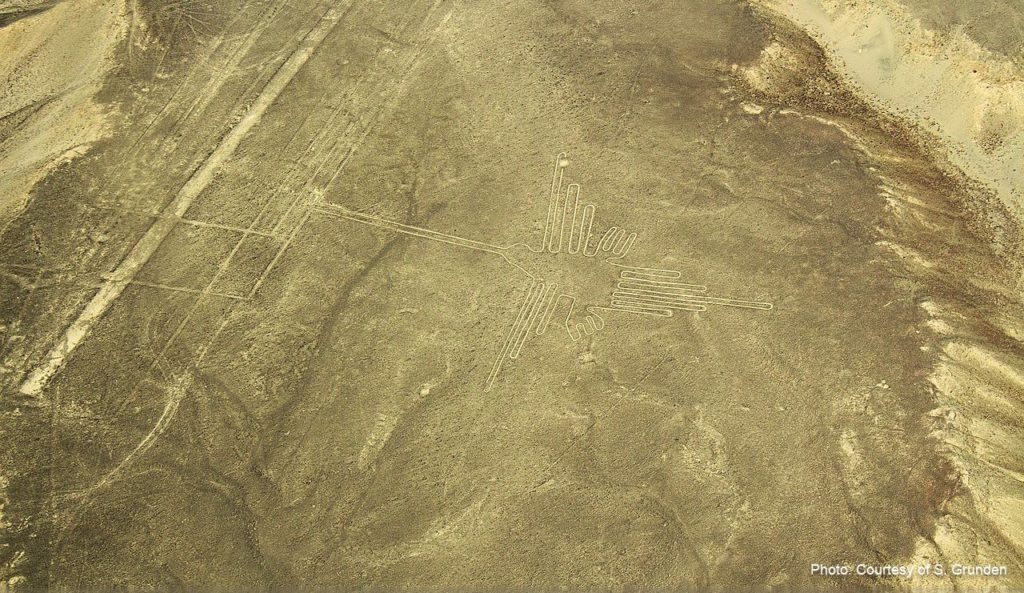
In the vast desert plains of Nazca and Palpa, you’ll find the enigmatic Lines and Geoglyphs of Nazca. These ancient drawings, etched into the desert floor, form massive figures of animals, plants, and geometric shapes. The purpose and meaning behind these geoglyphs remain a mystery, captivating the imagination of visitors.
To fully appreciate the scale and intricacy of the Nazca Lines, take a thrilling flight over the desert or climb the viewing tower to witness these captivating creations. Unravel the secrets of the Nazca Lines on the official UNESCO page.
Sacred City of Caral
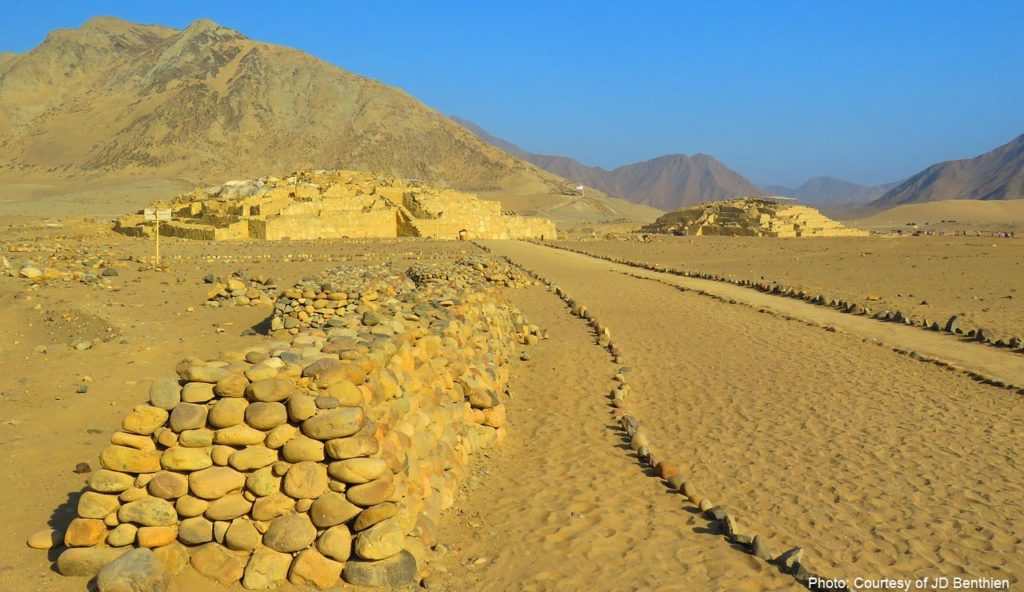
Peru, a land rich in history and culture, is home to one of the oldest civilizations in the Americas. Caral, also known as the Sacred City of Caral-Supe, is a 5,000-year-old archaeological site that stands as a testament to the advanced society that once thrived in this region. Located on a dry desert terrace overlooking the Supe River valley, Caral is a remarkable example of early urban planning and architectural design.
The modern story of Caral begins with its rediscovery in 1948, when archaeologist Julio C. Tello stumbled upon the site while conducting research in the Supe Valley. However, it wasn’t until the 1990s that the full extent of Caral’s significance was realized.
Archaeologist Ruth Shady Solis and her team embarked on a comprehensive excavation project, uncovering the secrets of this ancient city. They established that the ancient city existed contemporaneously with civilizations like the Sumerian cities of Mesopotamia, the Nile Valley of Egypt and the Olmec, Maya and Aztec cultures of Mesoamerica. That created a scientific consensus identifying Peru as the world’s sixth known “cradle of civilization.” Learn more about this ancient wonder on the official UNESCO page.
Natural Sites: Peru’s Breathtaking Landscapes
Peru is not only known for its cultural heritage but also its breathtaking natural landscapes. Let’s explore the two natural UNESCO World Heritage Sites in Peru.
Huascarán National Park: A Paradise of Glaciers and Biodiversity
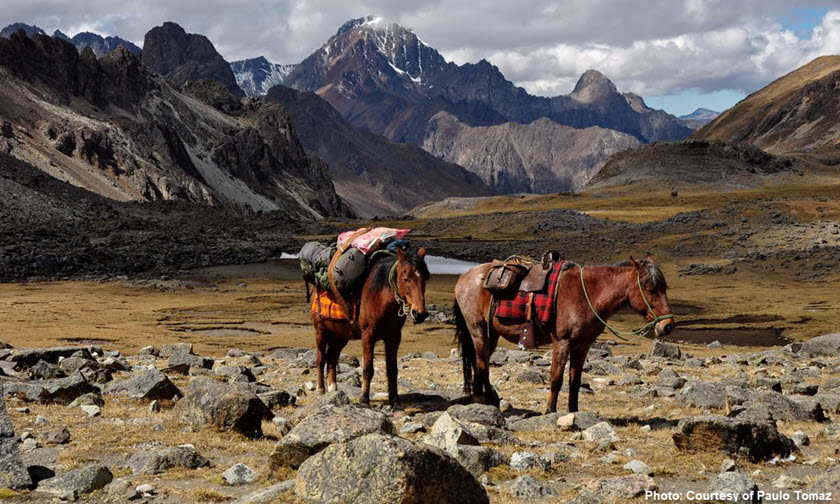
Huascarán National Park, located in the Cordillera Blanca range of the Andes, is a natural wonderland teeming with diverse ecosystems. This park is home to Peru’s highest peak, Mount Huascarán, as well as numerous glaciers, lakes, and valleys.
The park’s varied terrain supports a rich array of flora and fauna, making it a paradise for nature enthusiasts and hikers. Explore the park’s stunning landscapes, hike its picturesque trails, and witness the awe-inspiring beauty of the Andean wilderness. Discover more about Huascarán National Park on the official UNESCO page.
Manú National Park: An Amazonian Paradise
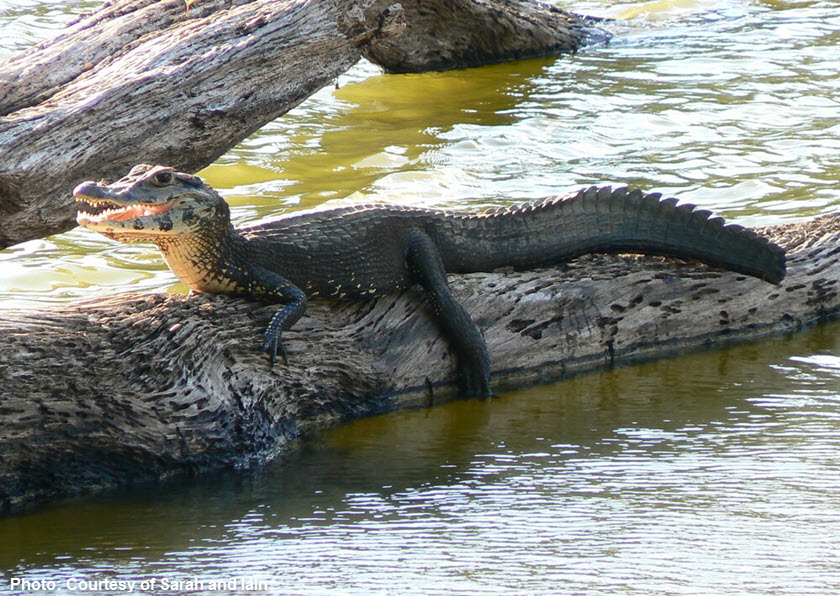
Deep within the Amazon rainforest, you’ll find Manú National Park, one of the most biodiverse places on Earth. This vast protected area is home to an incredible array of flora and fauna, including jaguars, giant otters, and hundreds of species of birds.
Manú National Park is a haven for nature lovers and researchers, offering the opportunity to explore pristine rainforests, spot unique wildlife, and learn about the delicate balance of the Amazon ecosystem. Immerse yourself in the wonders of Manú National Park and discover its ecological treasures. Learn more about this incredible natural site on the official UNESCO page.
RÃo Abiseo National Park
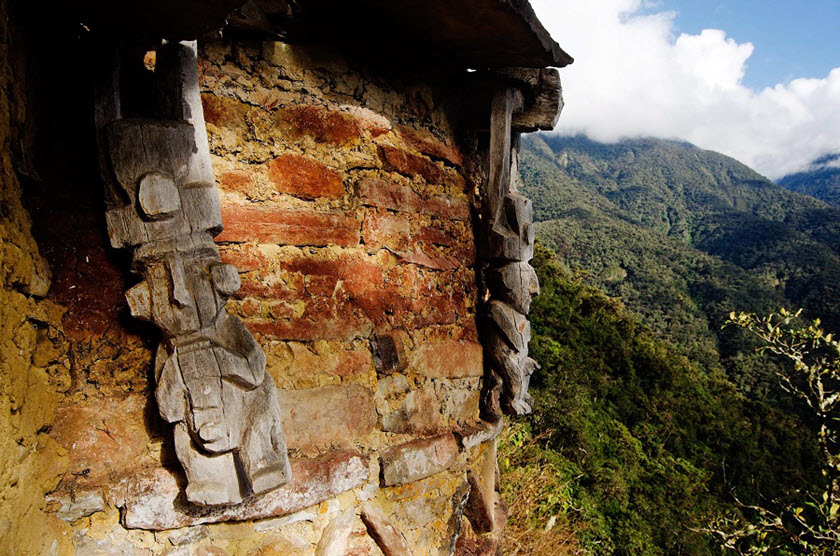
Situated in the northeastern region of Peru, RÃo Abiseo National Park is a remote and untouched wilderness that harbors exceptional biodiversity. This national park is home to a rich variety of flora and fauna, including endangered species such as the spectacled bear and the yellow-tailed woolly monkey. The park also contains archaeological sites that provide insights into the ancient cultures that once inhabited the region. Due to its challenging terrain and limited accessibility, RÃo Abiseo National Park remains a hidden gem waiting to be discovered by intrepid explorers. Learn more about this vast swath of rugged cloud forest jungle on the official UNESCO page.
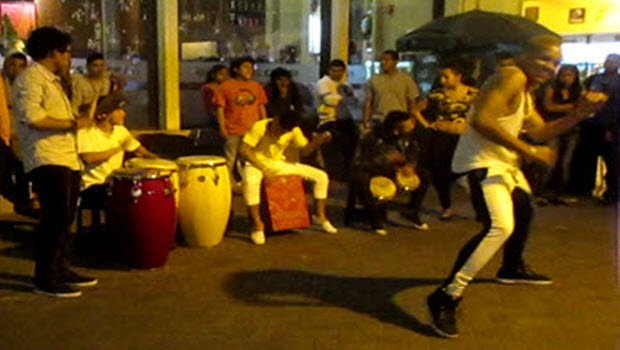 Trip to Peru: Lima’s street theatre renaissance
Trip to Peru: Lima’s street theatre renaissance 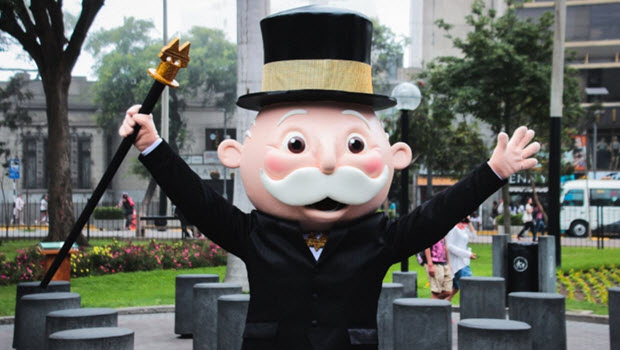 Lima voted TOP property in MONOPOLY HERE & NOW: World Edition
Lima voted TOP property in MONOPOLY HERE & NOW: World Edition 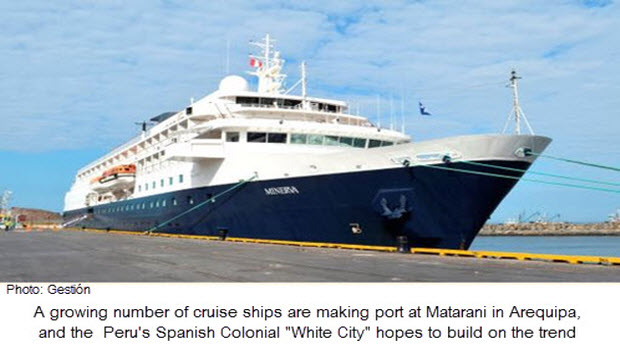 Make Arequipa a port of call on a luxury cruise vacation
Make Arequipa a port of call on a luxury cruise vacation 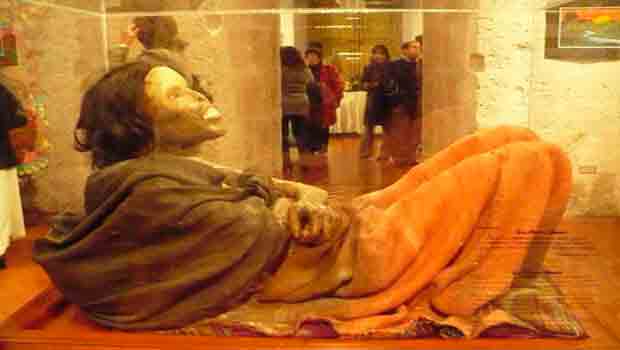 Arequipa tour attraction Juanita mummy placed in deep freeze
Arequipa tour attraction Juanita mummy placed in deep freeze 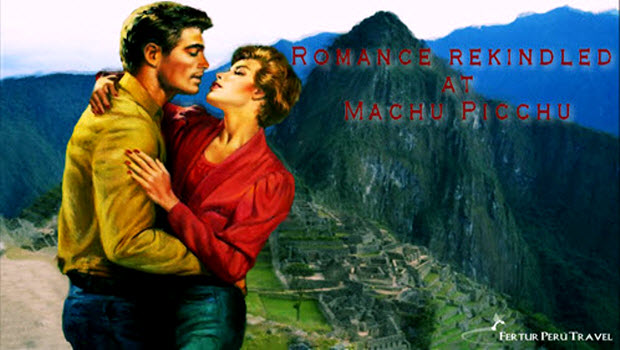 The romantic journey to Machu Picchu
The romantic journey to Machu Picchu 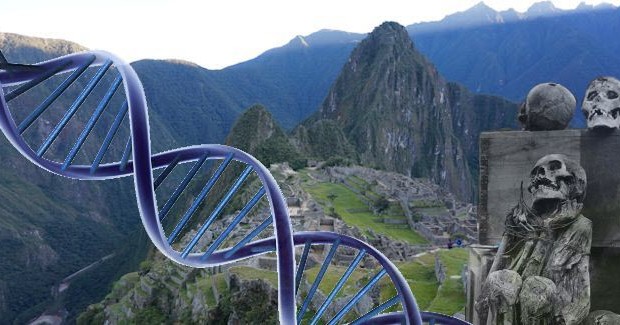 Scientists to Study Ancient DNA to Unravel the Mystery Of Machu Picchu
Scientists to Study Ancient DNA to Unravel the Mystery Of Machu Picchu 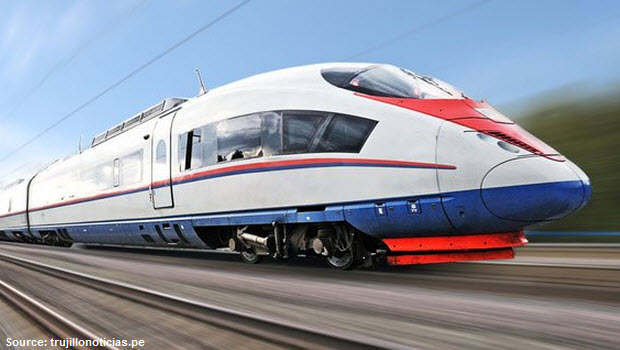 Travel News: Coast Rail planned for Peru
Travel News: Coast Rail planned for Peru 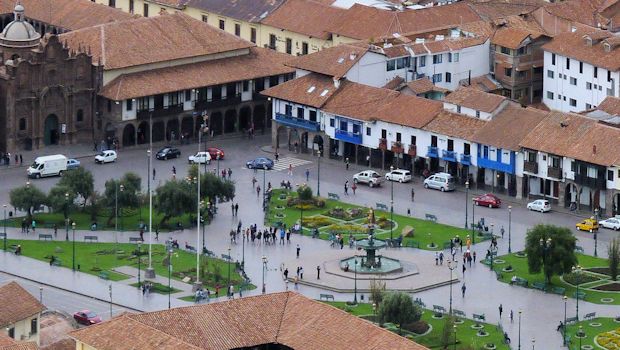 Pilot project: Cusco’s main plaza a vehicle-free pedestrian zone
Pilot project: Cusco’s main plaza a vehicle-free pedestrian zone